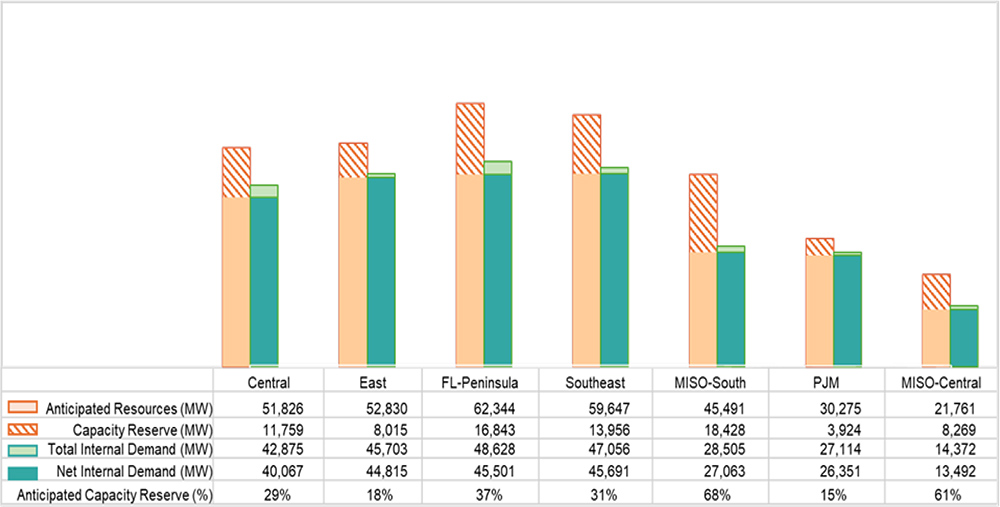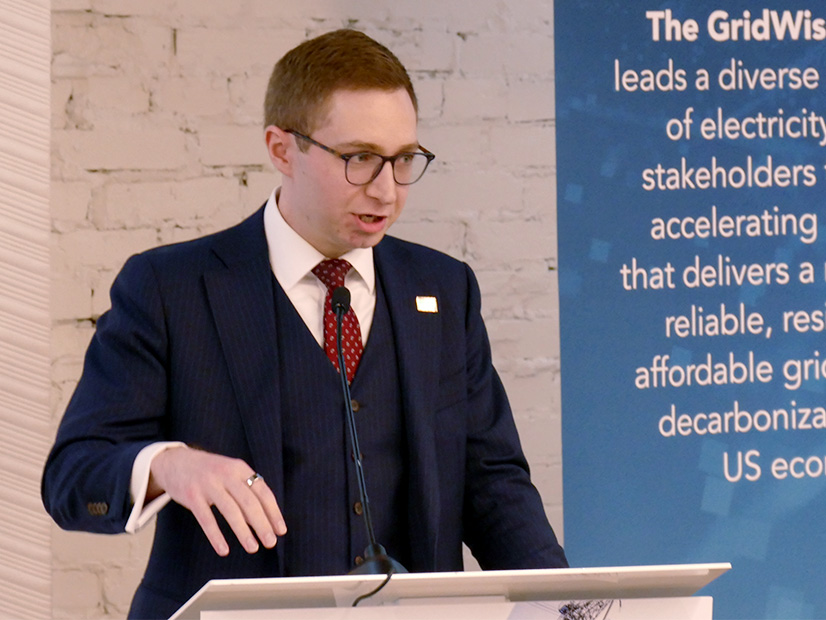INDIANAPOLIS — MISO has trimmed its annual budget and is now expecting to spend a little less than $431 million in 2026, down from almost $450 million.
MISO’s $430.7 million budget includes $394.7 million dedicated to its base operating expenses and $36 million reserved for project investments. The RTO said the spending increase is driven by employee-related increases and technological improvements.
At MISO’s Dec. 11 board meeting, CEO John Bear said the RTO was able to scrape together a $15 million permanent savings in the budget. (See MISO Requests Nearly $450M Budget for 2026.)
“We know it’s your money, and we respect that,” Board of Directors Chair Todd Raba told stakeholders, adding that MISO has implemented some “pretty good cost control” measures in 2025.
CFO Melissa Brown said MISO was able to lower its budget by trimming some outside services from its base operating expenses and cut $9 million from its project investments by taking on some work internally and extending the design and planning phase of some projects to delay spending on implementation.
“We’re trying to be more efficient in how we use our money,” Brown told the board’s Audit and Finance Committee on Dec. 4.
MISO is poised to end 2025 spending $370.5 million on base operating expenses — $700,000, or 0.2%, under the 2025 budget — and $38 million in project investments (right on budget).
Brown said MISO’s purchase of its Carmel, Ind., headquarters in 2024 saved approximately $2 million in 2025.
At its Dec. 11 meeting, the board inducted new transmission owner Sam Houston Electric Cooperative, a Texas-based rural cooperative, and non-transmission members Pegasus Energy Futures, a power marketer; Spanish utility Bahia de Plata Holdco SL, which would become a competitive transmission developer in MISO; and transmission developer Longview Infrastructure Wisconsin.
The board unanimously elected director Barbara Krumsiek as board chair in 2026.
MISO replaced longtime board counsel Karl Zobrist with newcomer Marilee Springer, a lawyer with firm Faegre Drinker who specializes in providing outside general counsel to tax-exempt organizations, organizations for social change, wealthy families and donors, and “quasi-governmental entities.”
“We look forward to relentlessly torturing you,” Raba joked.
Zobrist is retiring at the end of the year. He has been a fixture in MISO since 1998, before the RTO had a name, and was MISO’s first president and director.
Board Approves IMM Budget
Relatedly, the board’s Markets Committee unanimously approved the Independent Market Monitor’s $10.6 million monitoring budget for 2026 on Dec. 9. The committee initially told IMM David Patton he didn’t provide enough detail behind the numbers to gain approval. (See MISO Board Orders More Detail into Monitor’s 2026 Budget.)
Patton specified his $5.9 million base monitoring budget includes monitoring market participant conduct, evaluating market outcomes and anomalies, evaluating operations, establishing reference levels, monitoring the capacity auction, attending meetings, managing data and publishing reports.
Patton broke out other aspects of the budget, including a combined $1.6 million for software, a little more than $1 million for IT and security, $850,000 on market design initiatives and $725,000 dedicated to FERC matters and investigations, among other smaller expenses.
Patton said the Monitor had to take on larger software costs in 2026 to keep up with MISO’s new market platform. The budget also assumes Patton will spend $100,000 over the year assessing transmission planning, a role FERC ruled he could take on after MISO resisted the idea.
Patton said his increase in service costs tracks inflation, at about 3.5 to 3.7% in the past two years. He also said PJM monitoring services cost about 65% more than MISO’s.
Director Bob Lurie thanked the IMM for furnishing a more detailed budget.
“We’re going to continue to be doing our due diligence with this and see where we can gain efficiencies in the future,” Lurie said.
Director Trip Doggett said the board held several closed-door discussions on the numbers with the IMM.
Patton said creating the line items took considerable time. He said he hoped he could provide this information to the board “in the future with less effort.”
Patton said the mitigation he provides far outweighs his budget requests. He said he is directly involved in real-time revenue sufficiency guarantee savings of more than $120 million annually and additionally delivers harder-to-quantify market improvements.





